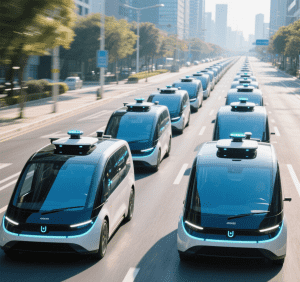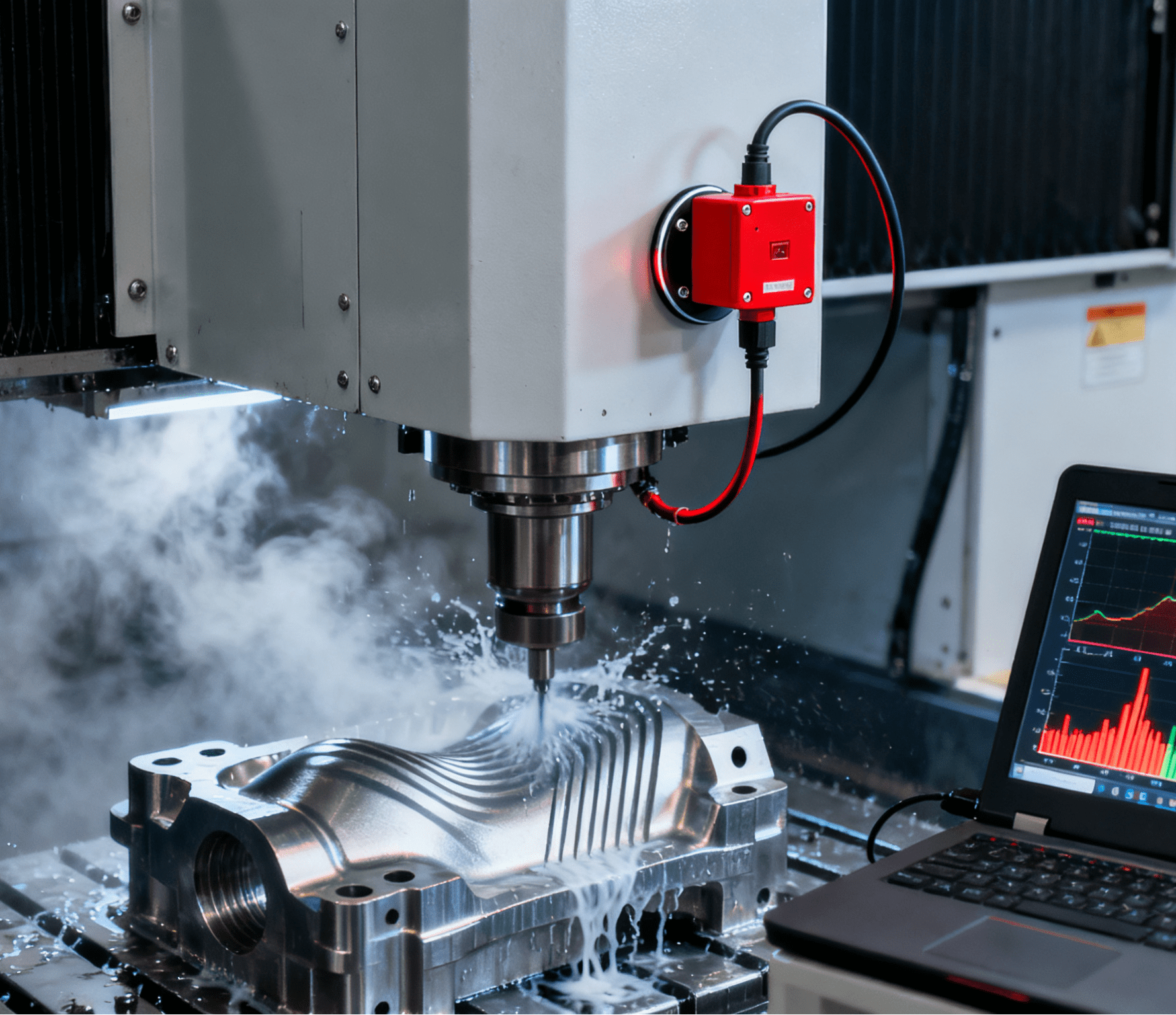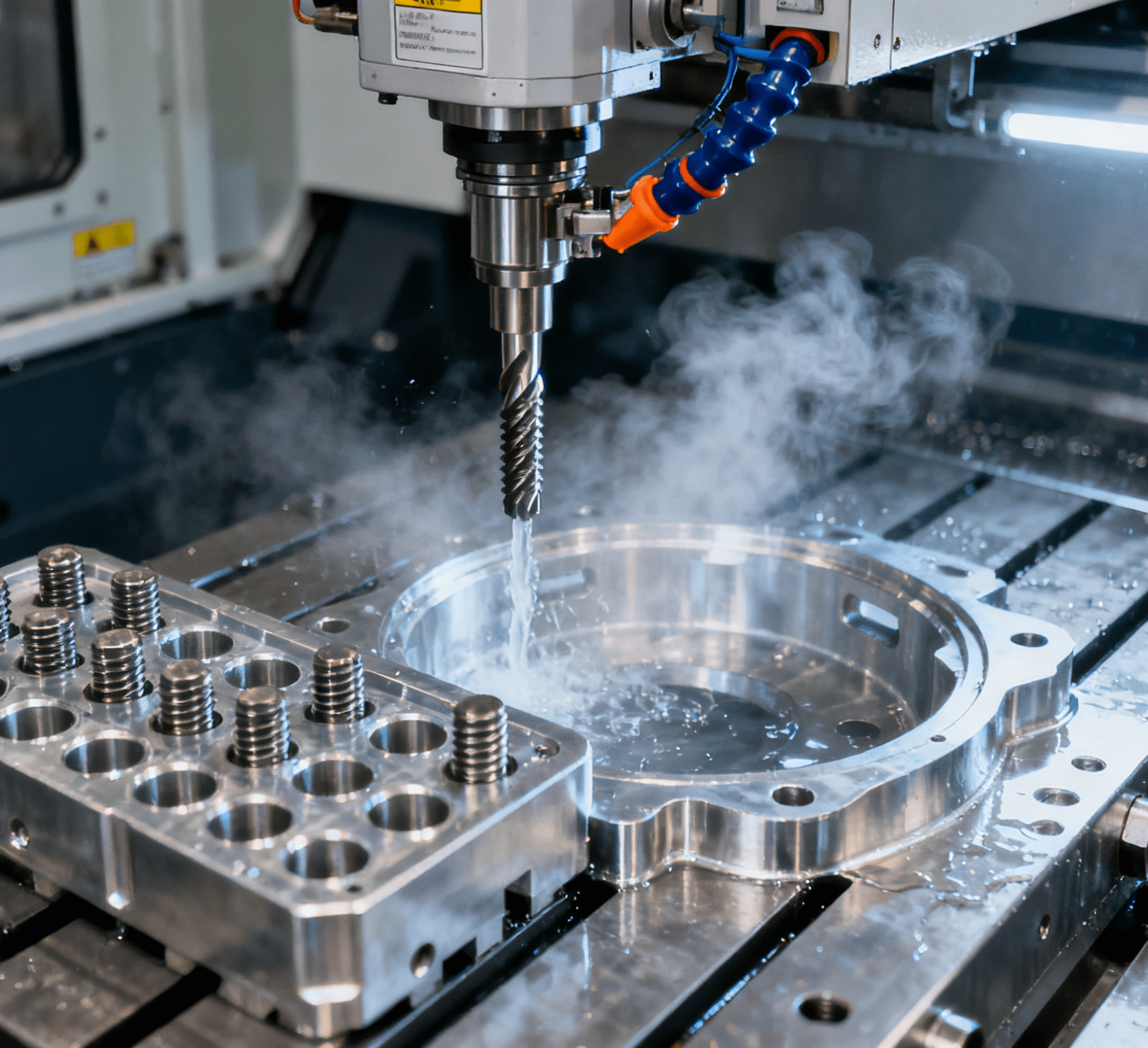Table of Contents
ToggleNew DOT Rules Accelerate Driverless Fleets: How Automotive Automation Reshapes Parking’s Future

The automotive industry is on the cusp of a revolution, and nowhere is this more evident than in the rapid advancement of automotive automation and driverless technologies. This week, the U.S. Department of Transportation (DOT) and National Highway Traffic Safety Administration (NHTSA) unveiled an Automated Vehicle (AV) Framework that sends a clear signal: Washington is prioritizing the swift deployment of autonomous vehicles, with implications that ripple into parking infrastructure and beyond. Buried in the policy details is a mandate for speed: starting June 16, AV operators gain five days (up from one) to file incident reports, while domestic AV makers secure fast-track exemptions previously reserved for imports. NHTSA’s pledge to “remove unnecessary regulatory barriers” confirms it: the federal government is accelerating the arrival of driverless fleets, and the automotive industry’s reliance on automated equipment and intelligent systems is set to transform how we think about transportation—and parking.
“These new rules aren’t just about cars; they’re about redefining how we integrate automated equipment into our infrastructure,” says Sarah Miller, an urban mobility analyst. “In the automotive industry, where efficiency and precision rule, driverless fleets will demand parking solutions that match their level of sophistication—secure, data-driven, and designed for seamless automation.”
Core Insight: Parking’s New Role as a Hub for Automated Fleets
As driverless cars become a reality, the need for specialized parking infrastructure grows exponentially. Unlike human-driven vehicles, autonomous fleets require more than just a spot to park—they need staging hubs equipped with automated equipment to support charging, maintenance, and dispatch. Here’s how the DOT’s push for AVs will reshape parking:
1. Consolidated Fleet Staging: The Rise of Smart Parking Hubs
Gone are the days of scattered curbside parking for AVs. Instead, fleets will converge on hubs designed for automotive automation:
- L2/L3 Charging Infrastructure: Electric AVs will require reliable, high-speed charging stations, integrated with real-time energy management systems.
- Camera-Based Access and Security: Automated surveillance and license-plate recognition (LPR) will replace manual gatekeepers, ensuring secure, 24/7 access.
- Centralized Maintenance Bays: On-site automated equipment for tire checks, software updates, and minor repairs will minimize downtime, mirroring how automotive factories use robotics for precision maintenance.
2. Data as the Currency of Parking Automation
In the era of AVs, parking facilities must act as data nodes in a broader transportation ecosystem:
- Real-Time Availability Feeds: Fleets will rely on APIs that transmit parking availability, pricing, and charging status to dispatch algorithms, optimizing route planning.
- Predictive Maintenance Insights: Sensors embedded in parking spaces will monitor AV usage patterns, enabling predictive maintenance for both vehicles and infrastructure—similar to how automotive manufacturers use IoT data to optimize production lines.
3. Experience-Driven Design for Passenger Trust
While drivers vanish, passenger experience remains critical. Automated parking hubs must prioritize:
- Fast Ingress/Egress: AI-powered traffic flow systems to reduce wait times, akin to automated tolling systems on highways.
- Guaranteed Uptime: Redundant power supplies and backup charging systems to ensure fleets are always operational, reflecting the automotive industry’s focus on reliability in automated assembly.
Implications for Parking: Preparing for an Automated Future
For parking owners, operators, and mobility partners, the message is clear: adapt now to stay relevant in an automotive industry dominated by automation. Here’s how:
1. Audit Infrastructure for Automation Readiness
- Upgrade Access Control: Replace manual gates with LPR or vehicle-ID recognition systems, enabling seamless, driverless entry/exit.
- Flexible Lane Design: Design lanes that switch between secure (gate-down) and high-throughput (gate-up) modes, optimizing for both security and fleet efficiency.
2. Invest in EV Charging as a Core Asset
- Intelligent Charging Networks: Deploy shared, reservable chargers with dynamic pricing, enforced via automated systems.
- Energy Storage Integration: Pair charging hubs with batteries to manage peak demand, mirroring how automotive plants use microgrids to power automated equipment.
3. Open Up to Ecosystem Collaboration
- API-Driven Inventory Management: Ensure parking facilities can integrate with fleet dispatch platforms (e.g., Waymo, Cruise) via open APIs, avoiding proprietary “walled gardens.”
- Cross-Industry Partnerships: Collaborate with AV manufacturers to design hubs that meet their unique needs, such as specialized loading zones for delivery fleets.
4. Leverage Data for Strategic Advantage
- Real-Time Analytics: Use data from AV arrivals/departures to optimize pricing, predict maintenance needs, and even inform urban planning.
- User Behavior Insights: Track passenger pickup/drop-off patterns to refine hub layouts, enhancing both fleet efficiency and rider experience.
Closing: Parking’s Evolution into an Automated Hub
The DOT’s new rules are a catalyst for change, pushing the automotive industry toward a future where driverless fleets are the norm. For parking, this isn’t a disruption—it’s an opportunity to evolve from a utility into a strategic asset.
“Automotive automation has taught us that efficiency comes from integrating technology at every stage,” says Miller. “Parking hubs will be the unsung heroes of this revolution—silent, secure, and supremely capable, just like the automated equipment that powers modern car factories.”
As AV pilots expand in Sun Belt markets (already hotbeds for AV testing), early-moving parking operators will secure pricing power and set standards for this emerging sector. The key takeaway? In a world where automotive innovation hinges on seamless automation, parking facilities that deliver connected, data-driven, and future-proof infrastructure won’t just survive—they’ll define the next generation of mobility. The “better lobbies” of yesterday are giving way to the “intelligent landing pads” of tomorrow, and the parking industry is poised to lead the charge.




















